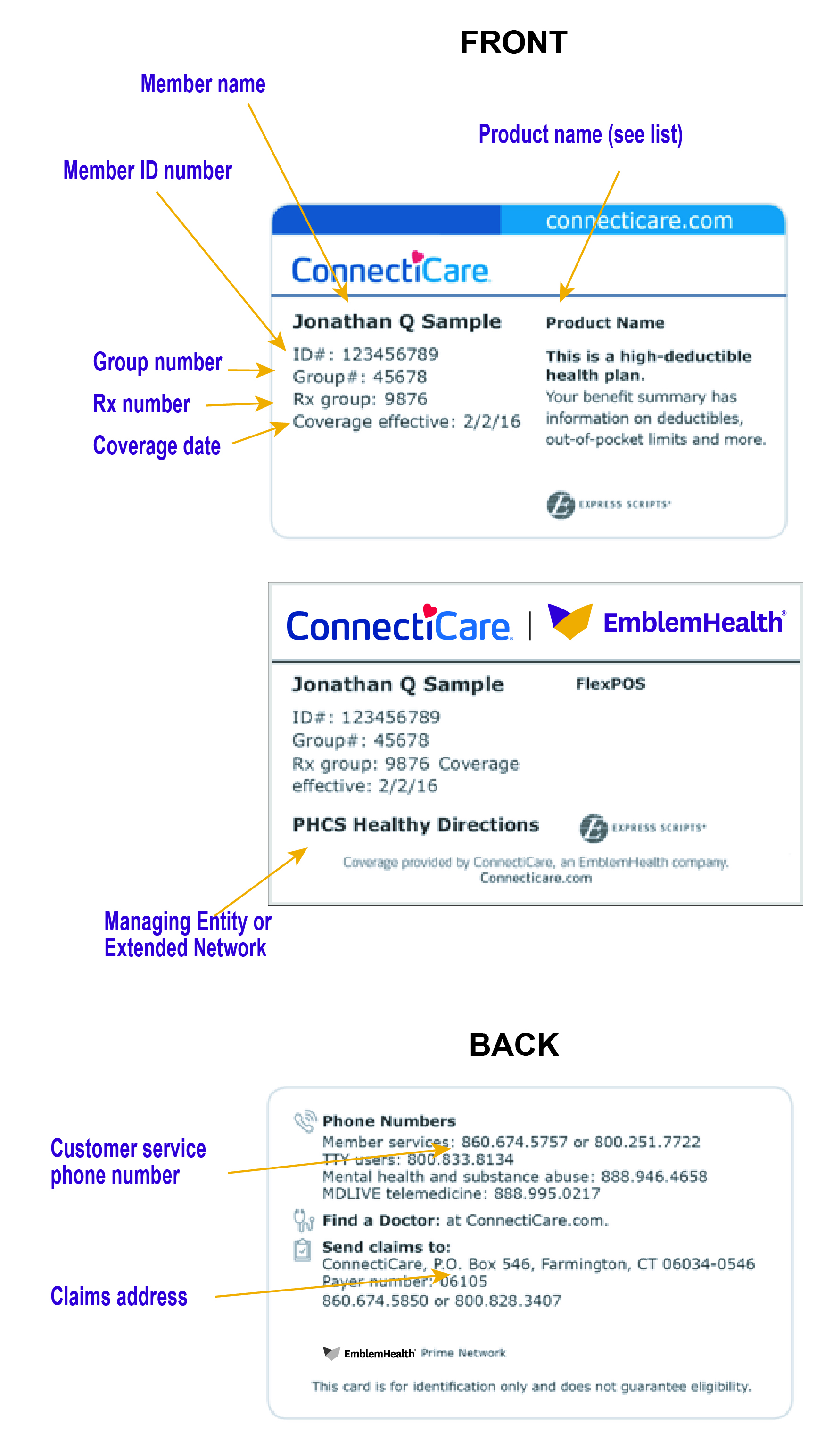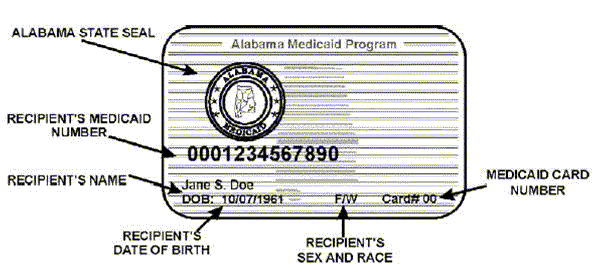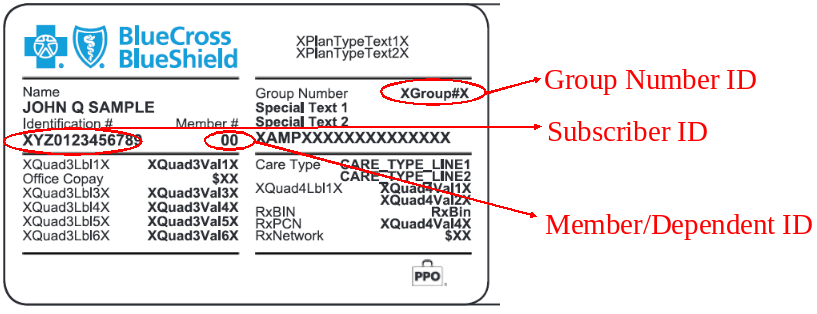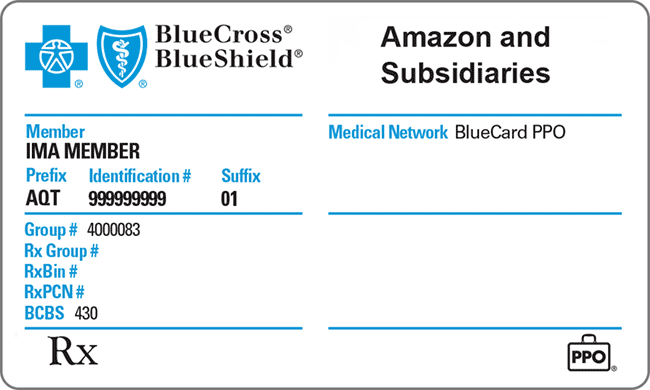Under the last-month rule, if you are an eligible individual on the first day of the last month of your tax year , you are considered an eligible individual for the entire year. You are treated as having the same high-deductible health plan coverage for the entire year as you had on the first day of that last month. The total contribution for the year can be made in one or more payments at any time up to your tax-filing deadline . However, if you wish to have a contribution made between January 1 and April 15 treated as a contribution for the preceding tax year, please contact the HSA bank.
Once funds are deposited into your HSA, those funds can be used to pay for qualified medical expenses tax-free, even if you no longer have high-deductible health plan coverage. The funds in your account automatically roll over each year and remain in the account indefinitely until used. Once you discontinue coverage under a high-deductible health plan and/or get coverage under another health plan that disqualifies you from an HSA, you can no longer make contributions to your HSA. However, since you own the HSA, you can continue to use it for future qualified medical expenses. To enroll in a high-deductible health plan, complete the Blue KC application process. The Blue-Saver® PPO health insurance plan is a high-deductible health plan that allows you to establish an HSA as part of your health benefits.
When you enroll in the Blue Saver plan, you may be offered the opportunity to establish a HSA with one of our preferred banks. You will be presented with appropriate banking authorizations and disclosures necessary for Blue KC to work with the bank that will establish your HSA. Please note all financial institutions offering HSA products must comply with the USA Patriot Act, requiring your HSA bank to collect and verify information about you when processing your HSA application. Once your HSA has been established, you will be mailed a welcome kit and HSA debit card from the bank. This is usually the amount of your co-payment, or "co-pay." A co-pay is a set amount you pay for a certain type of care or medicine.
Some health insurance plans do not have co-pays, but many do. If you see several dollar amounts, they might be for different types of care, such as office visits, specialty care, urgent care, and emergency room care. If you see 2 different amounts, you might have different co-pays for doctors in your insurance company's network and outside the network.
The maximum amount that may be contributed to your HSA for any year is a certain amount established annually by the IRS. This amount depends on whether you have individual or family coverage under your qualified high-deductible health plan. The same annual contribution limit applies regardless of whether the contributions are made by an employee, an employer or both. You cannot use HSA funds to pay for qualified medical expenses incurred before you enrolled in a high-deductible health plan. In order to establish an HSA, you must enroll in a high-deductible health plan. Your eligibility to contribute to an HSA is determined by the effective date of your high-deductible health plan coverage.
There are two times you can make a change to your enrollment options. Your employer schedules an open enrollment period once a calendar year when all employees may make changes to their health insurance plan. You may also make a change during a special enrollment period if you acquire a new dependent or if your coverage is terminated under another health insurance plan. If you have health insurance through an employer, your group benefits administrator, typically someone in your Human Resources department, can help you make changes to your health insurance plan. If you do not have health insurance through an employer and instead pay your monthly premiums directly to Blue KC, call the Customer Service number listed on your member ID card.
A Health Savings Account allows members enrolled in a qualified high-deductible health plan to contribute funds on a tax-free basis into the member's account. A member's employer may also contribute funds to the account. These funds are used for payment of qualified medical expenses as defined by the IRS. Unused funds in an HSA roll over in the member's account at the end of each calendar year. If you're an HMO member, you will need to receive services from an in-network HMO provider. However, you will be able to receive emergency or urgent care services no matter where you are.
For details about your coverage, please review your Blue KC certificate, which outlines the benefits and exclusions related to your health insurance plan. You can view your certificate by logging in and accessing the Plan Benefit section. If you do not see your coverage amounts and co-pays on your health insurance card, call your insurance company .
Ask what your coverage amounts and co-pays are, and find out if you have different amounts and co-pays for different doctors and other health care providers. You can continue to use the funds in your account tax-free for out-of-pocket health expenses. If you enroll in Medicare, you can use your account to pay Medicare premiums, deductibles, copayments and coinsurance under any part of Medicare. If you have retiree health benefits through your former employer, you can also use your account to pay for your share of retiree medical insurance premiums.
The one expense you cannot use your account for is to purchase a Medicare supplement insurance or "Medigap" policy. A qualified health-deductible health plan is a health plan with an annual deductible for an individual or a family that meet the minimum deductible amount published annually by the U.S. The annual out-of-pocket expenses required by the high-deductible health plan also does not exceed the out-of-pocket maximums published by the U.S.
Out-of-pocket expenses include deductibles, copayments and other amounts the member must pay for, but do not include premiums or amounts incurred for non-covered benefits. Each payment you make for covered healthcare services you've received from your providers such as a physical exam counts toward your deductible. Once Blue KC processes the claims we receive from your providers showing the payments that you have made for covered healthcare services, we apply those payments toward your deductible. To change a PCP, log in and visit you Profile by clicking on the icon by your name in the top right corner of your homepage.
In the Coverage Information section you'll see a list of covered members for your Blue KC policy. From here select "Change PCP" for the appropriate member and you can search for and designate a new PCP. Once we have processed your PCP change request, we will send you a new member ID card that contains the information of your newly selected PCP. You may also call the Customer Service number listed on your member ID card to change your PCP. Please note that if you have health insurance through your employer, you may be required to contact your group benefits administrator to change your PCP. A deductible is the amount that you are responsible for paying annually for healthcare services.
Exceptions are outlined in your Blue KC certificate, which lists the exclusions related to your health insurance plan. Allowable charges are the maximum amount payable to you under your health insurance plan for a particular service. Contracted providers have agreed to accept this amount as payment in full. For example, if the provider charges $100 for a service and Blue KC pays $80 as the allowable charge, the provider cannot ask the member to pay the remaining $20. Keep in mind, however, that some health insurance plans have coinsurance. In those cases, members are required to pay a percentage of the allowable charge.
For specific details about your plan, review your Blue KC certificate, which outlines your payment responsibility. Your first premium payment activates your coverage, so you can start using your health plan within 1–2 days of making your payment, depending on how you pay. After you've made your first payment and your coverage is activated, you can have health care expenses during that coverage gap applied to your deductible, or even get paid back for some services. In this case, the coverage gap would be the time between your requested effective date and the date you make your first payment. Distributions used for any other purpose are includable in income and may also be subject to an additional 20 percent tax.
This 20-percent penalty tax does not apply to distributions made after your death, disability or attainment of age 65. Your children's coverage while they are away from home depends on the type of health insurance plan you have. If you have health insurance through your employer, check with your group benefits administrator for more information. If you are already seeing a specialist for your condition, make sure your doctor is in your plan's network.
If the doctor is not in your plan's network, you will pay more in most cases. Also make sure your specialist uses providers and facilities in your plan's network when sending you for other services or hospitalization. If you have any questions, call us at the customer service number listed on your member ID card.
If you are looking for a doctor for your chronic condition, you can use theProvider Finder tool. Click on "Network Type" at the top and select the name of your HMO plan to see a list of doctors and hospitals in your plan's network. For non-emergencies, some HMO plans allow you to get health care services from a Blue Cross and Blue Shield-affiliated doctor or hospital when you are traveling outside of Illinois. If you aren't sure, contact customer service at the number listed on your member ID card before you go. And always remember to carry your current BCBSIL member ID card. It contains helpful information for accessing health care at home or away.
You might see another list with 2 different percent amounts. After the funds in your PCA have been used, you will be responsible for a certain amount of your healthcare costs until your deductible amount has been met. You do have the benefit of the negotiated prices for healthcare from network providers, but you will pay for all of the healthcare until your individual or family deductible is met.
Use your HSA debit card or other means provided by your HSA bank to pay for qualified medical expenses. You should only use the debit card at healthcare-related locations. This may include an Internet transaction as long as the items being purchased are qualified medical expenses. You may also use your HSA debit card for online capabilities such as online bill pay. A copayment, or copay, is the dollar amount that you pay to a provider at the time you receive a service. For example, you might pay a $30 copay each time you visit your allergy doctor.
The copay amount is defined in your Blue KC certificate, which outlines your responsibilities for health insurance plan payments. If you have health insurance through your employer, check with your group benefits administrator to have a dependent added to your plan. He or she has the information and/or forms you need to add your dependent to your health insurance plan. Routine Preventive care is a care benefit that is not subject to a deductible. Once your PCA funds are exhausted and the remainder of your deductible has been met, your health insurance plan will start paying. A majority of in-network expenses will be covered by your health insurance plan.
Once your out-of-pocket maximum has been met, your health insurance plan pays 100% of your covered expenses. Yes, funds may be withdrawn and used to pay for qualified medical expenses for you and/or your tax dependent without a tax penalty. For purposes of medical deductible of a child of divorced or separated parents, they can be treated as a dependent of both parents. Each parent can include the medical expenses he or she pays for the child, even if the other parent claims the child's dependency exemption.
Please consult a legal or tax adviser concerning questions you may have. Billed charges are the amount charged or billed by your healthcare provider for the services/supplies you received. Not all provider charges will be paid by your health insurance plan.
When you see an out-of-network provider, we send a check to you for the covered amount of those services. We will send you an EOB that explains how that amount was calculated. You can view your EOBs and details about your claims, including how much you owe, by logging in and visiting the Claims and Usage section. Sometimes providers send statements to their patients before Blue KC has finished processing and paying the claim. If the provider you saw is out-of-network you will be responsible for paying the provider directly. We will send you a payment for the amount that is covered by your plan.
You might see a note on the bill that says "Insurance Pending." We will send you an Explanation of Benefits once we have processed your claim. If you are still unsure if you owe the provider, call their billing office. Please note, if your provider was not in the Blue KC HMO network, you will be responsible for paying all services and fees for seeing that provider. Yes, you must pay your copayment when you see your in-network provider. Your copayment amount depends on the health insurance plan you have and the services you are receiving from your provider. Your health insurance company might pay for some or all the cost of prescription medicines.
If so, you might see an Rx symbol on your health insurance card. But not all cards have this symbol, even if your health insurance pays for prescriptions. Sometimes, the Rx symbol has dollar or percent amounts next to it, showing what you or your insurance company will pay for prescriptions. The back or bottom of your health insurance card usually has contact information for the insurance company, such as a phone number, address, and website.
This information is important when you need to check your benefits or get other information. For example, you might need to call to check your benefits for a certain treatment, send a letter to your insurance company, or find information on the website. Beginning in 2013, Anthem Blue Cross became the behavioral health provider for Anthem HMO and PPO plans. If you are enrolled in one of these Anthem plans, you do not need a referral from your primary care physician in order to receive mental health services. Visit Anthem's website at /ca for a list of behavioral health providers. If you forget or aren't sure what type of health insurance plan you have , you can find out on your BCBS ID card.
If you have an HMO, your card may also list the physician or group you've selected for primary care. Determining whether a provider is in-network is an important part of choosing a primary care physician. Your PersonalBlue health insurance plan includes a prescription drug coverage plan with set copayments for both generic and brand name prescription drugs. The PCA portion of your plan cannot be used to reimburse you for these copayments.
The primary plan pays benefits as it would without the presence of a secondary plan. A secondary plan reduces its benefits so that the total benefits provided by both it and the primary plan are not more than the total allowable expenses. It's best to check your health care options before using the emergency room .
Plus, when you visit in-network providers, you may pay less for care. Behavioral health benefits are provided through Anthem Blue Cross. You can see any behavioral health provider you choose, but you'll pay less and receive higher benefit coverage when you see an in-network provider. We'll work with you to provide coverage for the most appropriate care for your medical situation, especially if you are pregnant or receiving treatment for a serious illness.
You may still be able to see your current provider for a brief time. Call us at the customer service number listed on your BCBSIL member ID card for more information. The "coverage amount" tells you how much of your treatment costs the insurance company will pay. This information might be on the front of your insurance card. It is usually listed by percent, such as 10 percent, 25 percent, or 50 percent.




























No comments:
Post a Comment
Note: Only a member of this blog may post a comment.